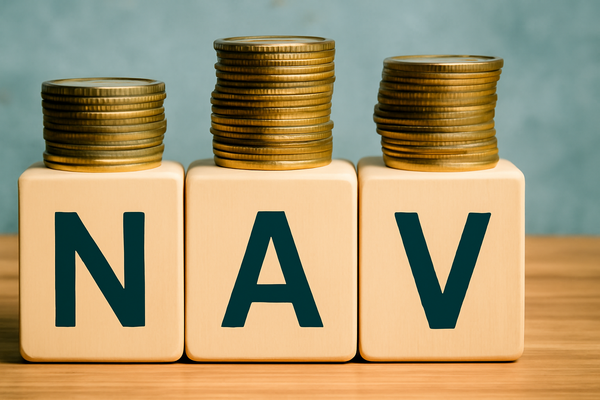Trading Account explained: Meaning, uses & basics
Trading accounts are the gateway to the stock market, enabling investors to buy, sell, and manage securities online. With over 23 crore accounts active in India as of July 2025, understanding how they work, their costs, and order types is essential for beginners stepping into the markets.

Opening a trading account is the first step for anyone looking to participate in the stock market.
But what exactly is it, and how does it work? With trading becoming more accessible than ever, even beginners are stepping into the trading space with confidence.
As of July 2025, the National Stock Exchange of India reported over 23 crore unique trading accounts, an increase of nearly 1 crore in just three months.
Are you planning to join this growing crowd of market participants? In this article, we will explain trading accounts, their uses, order types, and key basics every trader must know.
What does a Trading Account do?
A trading account serves as your gateway to the markets, allowing you to buy and sell financial instruments, such as stocks, commodities, or derivatives, through a brokerage.
It helps you trade securities, is linked to your bank to fund trades and process withdrawals, and shows real-time information about your positions, gains, and losses.
Along with execution capability, it provides access to tools such as market data, charting, order history, and sometimes risk-management functions like stop-loss orders.
The account type (cash or margin) and the broker’s platform determine the features you get, how fast trades are executed, and how much leverage or risk you may take.
So, when someone asks: what is trading account, the simplest way to put it is that it works like an online gateway through which you can access exchanges and execute transactions in shares, commodities, or derivatives.
You can open a trading account by choosing a SEBI-registered broker like Dhan. Once you select a brokerage, you complete the required KYC (Know Your Customer) checks. This usually involves submitting identification, proof of address, and linking your bank account.
In many markets, especially India, the trading account is also connected with a demat account so that any securities you purchase can be stored in electronic form.
Basics to know about a Trading Account
Here are the key components of a trading account.
1. Fees and charges
Total cost includes brokerage plus statutory charges such as exchange transaction charges, STT/CTT, GST, SEBI charges, and stamp duty.
Rates vary by segment and can change, so always review your broker’s schedule and exchange updates.
2. Margin and Leverage
Brokers may offer margin facilities, meaning you can take larger positions by paying only a part of the trade value. This leverage can boost profits, but it also magnifies potential losses.
Beginners are encouraged to learn the rules clearly and start small before using margin for larger trades.
On Dhan, for example, the Margin Trading Facility (MTF) gives up to 5x leverage on over a thousand stocks.
Also note: intraday trades on Dhan do not carry interest charges (since the position is squared off within the same day), though overnight margin (MTF) does incur interest.
3. Order Types
The trading account allows you to place different kinds of orders. The most common are:
Many platforms also provide variations such as good-till-cancelled orders, which stay active until the trader cancels them.
Bonus: You can open a Trading Account on Dhan at absolutely ₹0 cost.
Intraday vs Delivery in Trading
When you begin trading, one of the first choices you will face is whether to trade intraday or to take delivery of shares.
Both methods serve different purposes. Intraday is focused on short-term opportunities within the same day, while delivery allows you to hold shares beyond a single session and benefit from long-term growth.
Understanding the difference helps you decide which approach suits your style, your capital, and your goals.
Now, let’s look at both side by side:
Both approaches connect at one point: they require discipline and a clear plan. If you prefer quick trades with higher risk and fast decisions, intraday may appeal to you.
If your goal is to build wealth steadily and participate in company growth, delivery is the natural path.
Many traders even combine both, using intraday for short-term opportunities while keeping a delivery portfolio for long-term stability.
To summarise
A trading account is the first step toward active participation in financial markets. By understanding its purpose, order types, and the difference between intraday and delivery trades, beginners can trade more responsibly. Start small, stay consistent, and build knowledge steadily for long-term success.




